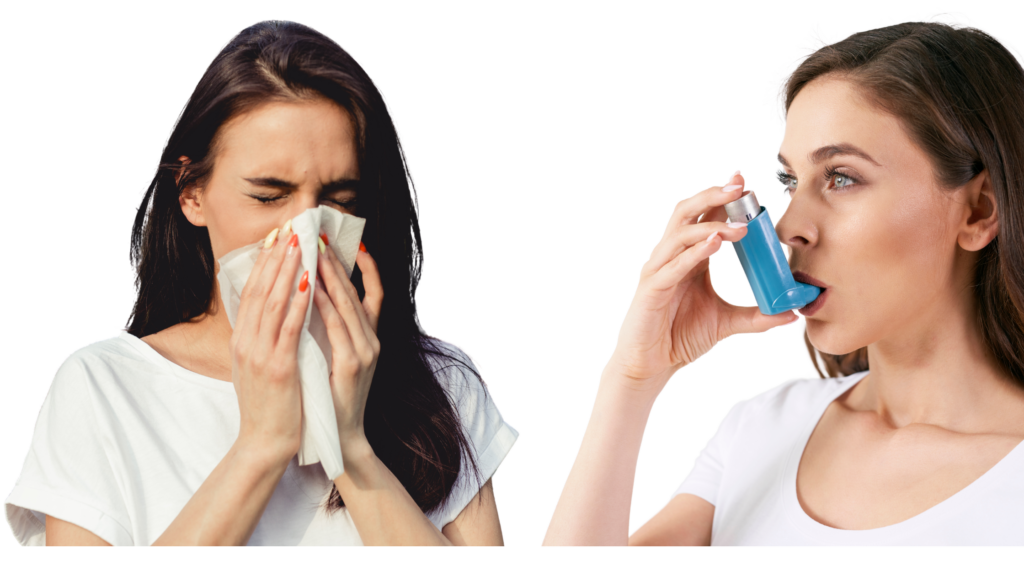Asthma and allergic rhinitis (also known as hay fever) are closely linked respiratory conditions that often coexist. If you have asthma, there’s a good chance that you may also suffer from allergic rhinitis, and vice versa. Both conditions are triggered by allergens, and they share common symptoms, making their management crucial for overall respiratory health.
Understanding the Link Between Asthma and Allergic Rhinitis
Allergic rhinitis occurs when allergens such as pollen, dust mites, mold, or pet dander trigger an immune response in the nasal passages. This results in inflammation, congestion, sneezing, and excessive mucus production. Similarly, asthma is a chronic inflammatory condition that affects the airways, leading to wheezing, shortness of breath, and coughing.
Since both conditions involve an overactive immune response to allergens, they are often referred to as “United Airway Disease.” The inflammation from allergic rhinitis can extend to the lower airways, exacerbating asthma symptoms. This means that poorly managed allergic rhinitis can make asthma worse and vice versa.
How Allergic Rhinitis Triggers Asthma Symptoms
When nasal congestion and inflammation occur due to allergic rhinitis, it affects normal breathing patterns. Some of the ways allergic rhinitis can worsen asthma include:
- Postnasal Drip: Mucus from the nose drips down the throat, irritating the airways and triggering coughing and wheezing.
- Nasal Blockage: When the nose is blocked, individuals tend to breathe through their mouth, allowing unfiltered air (full of allergens and irritants) to enter the lungs, worsening asthma symptoms.
- Increased Airway Inflammation: Allergic rhinitis causes persistent inflammation, which may spread to the lungs, leading to asthma flare-ups.
Managing Both Conditions Effectively
Given the strong connection between allergic rhinitis and asthma, treating both conditions together is essential. Here are some effective strategies:
- Identify and Avoid Triggers
- Keep indoor air clean by using HEPA filters.
- Wash bedding frequently to reduce dust mites.
- Avoid exposure to pet dander if you are allergic.
- Limit outdoor activities during peak pollen seasons.
- Use Medications as Prescribed
- Antihistamines and Nasal Sprays: These help control allergic rhinitis symptoms and reduce inflammation.
- Inhalers and Nebulizers: Essential for asthma management, particularly during flare-ups.
- Leukotriene Modifiers: Some medications, like montelukast, help control both asthma and allergic rhinitis.
- Nasal Irrigation and Breathing Techniques
- Using a Neti pot or Jal Neti helps clear nasal passages and reduces congestion.
- Practicing breathing exercises like pranayama can improve lung function and reduce dependency on medications.
My Personal Experience
Through my own journey with asthma and allergic rhinitis, I discovered the deep connection between these conditions. A CT scan revealed that due to allergic rhinitis, I developed nasal polyps growths in the nasal passages that further obstruct breathing and exacerbate my asthma.
Initially, I struggled with frequent asthma flare-ups and persistent nasal congestion. However, incorporating Jal Neti (nasal irrigation using a Neti pot) and regular use of nasal sprays significantly improved my symptoms. These simple but effective techniques have helped me breathe easier, reduced my asthma episodes, and allowed me to manage my condition better.
For those dealing with both asthma and allergic rhinitis, finding the right management approach is key. Identifying triggers, using medications correctly, and incorporating natural remedies can make a significant difference in improving overall quality of life. Please share your experience with everyone in the asthma friend community.












